2023-2024学年高中英语开学第一课The First Lesson Of Senior High 课件(共40张PPT)
文档属性
| 名称 | 2023-2024学年高中英语开学第一课The First Lesson Of Senior High 课件(共40张PPT) |  | |
| 格式 | pptx | ||
| 文件大小 | 32.8MB | ||
| 资源类型 | 教案 | ||
| 版本资源 | 通用版 | ||
| 科目 | 英语 | ||
| 更新时间 | 2023-06-21 21:41:52 | ||
图片预览

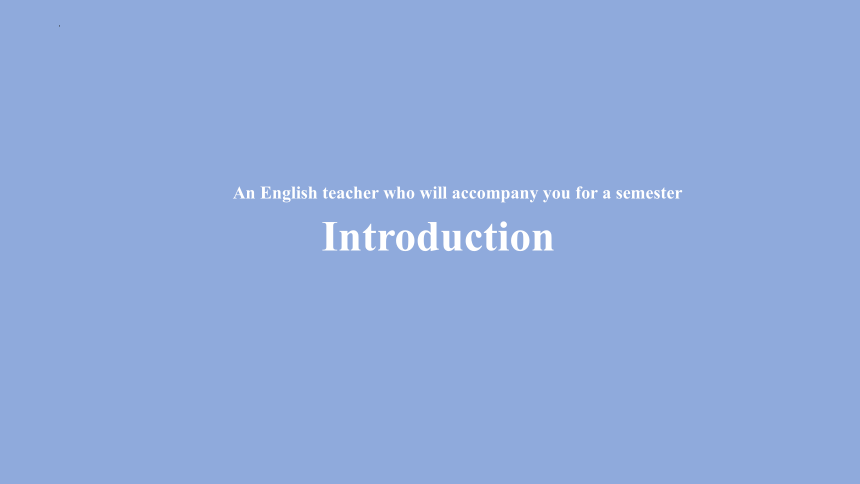
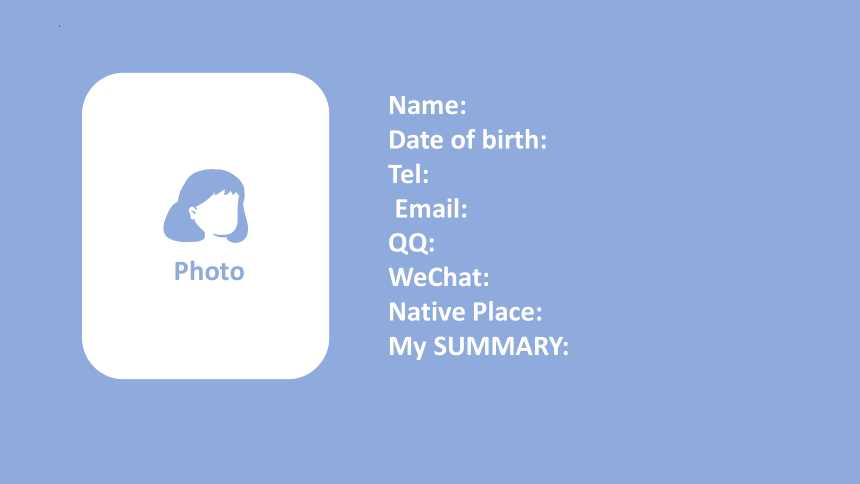
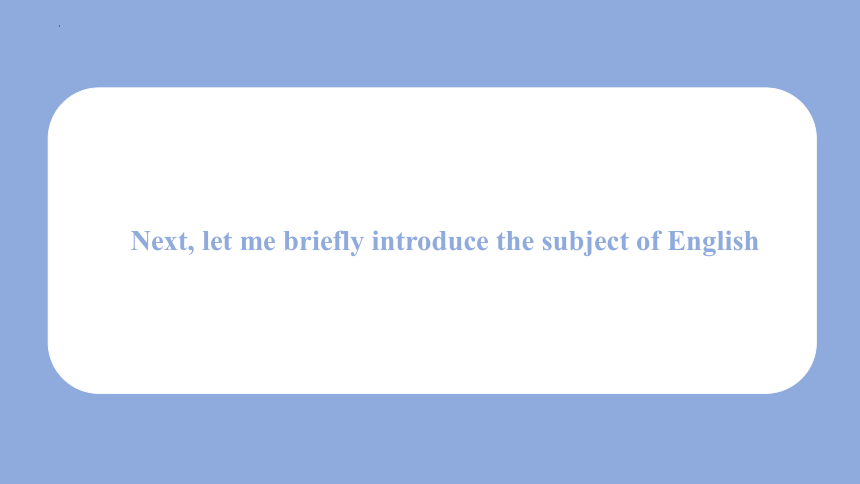
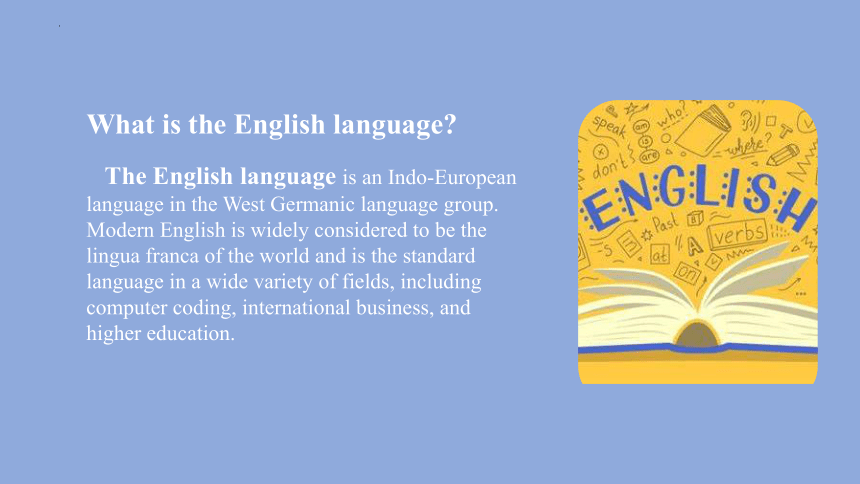
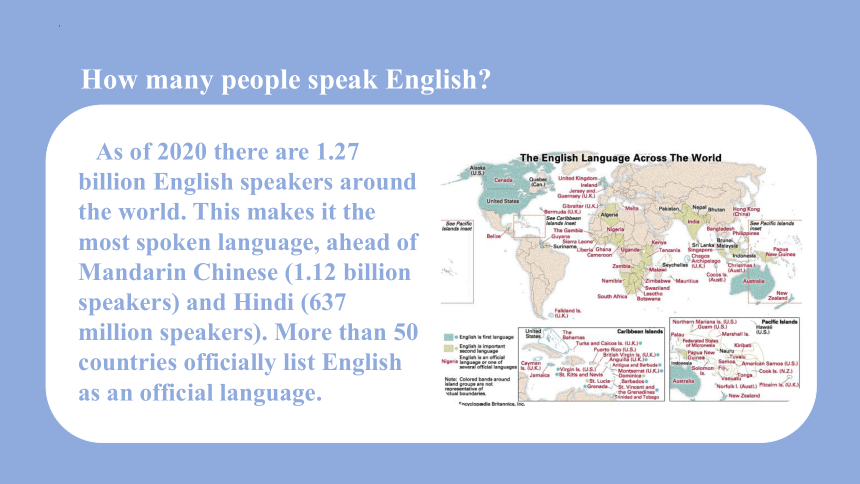
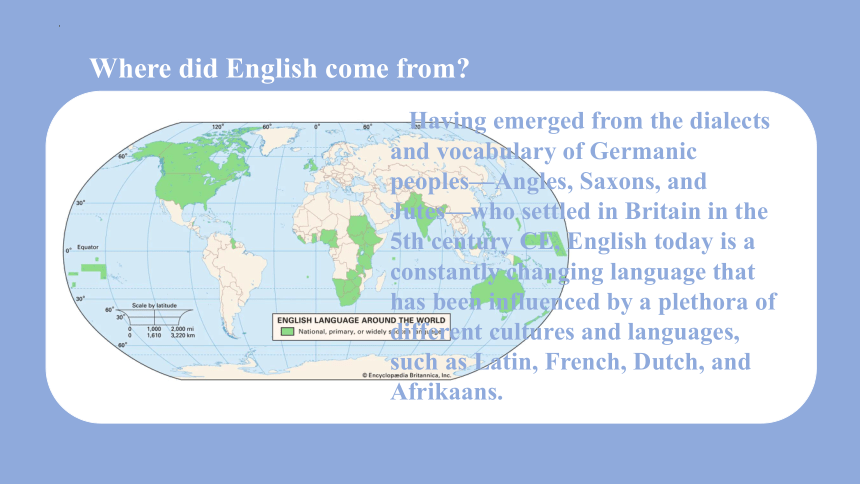
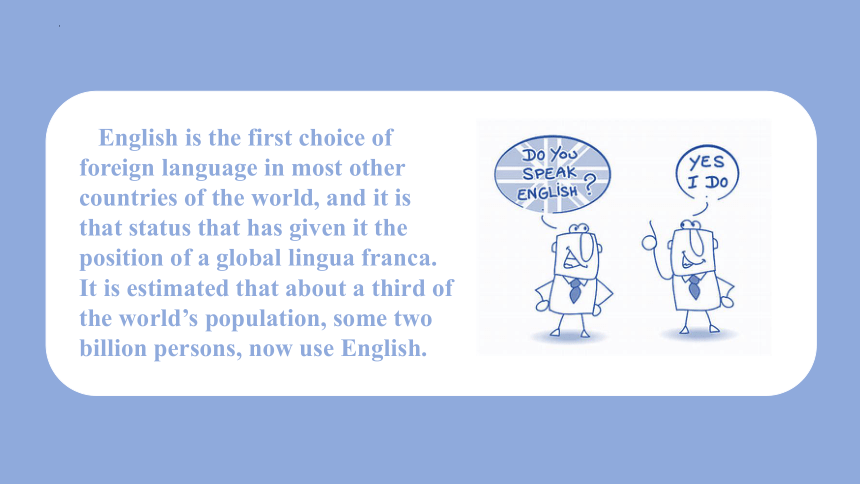
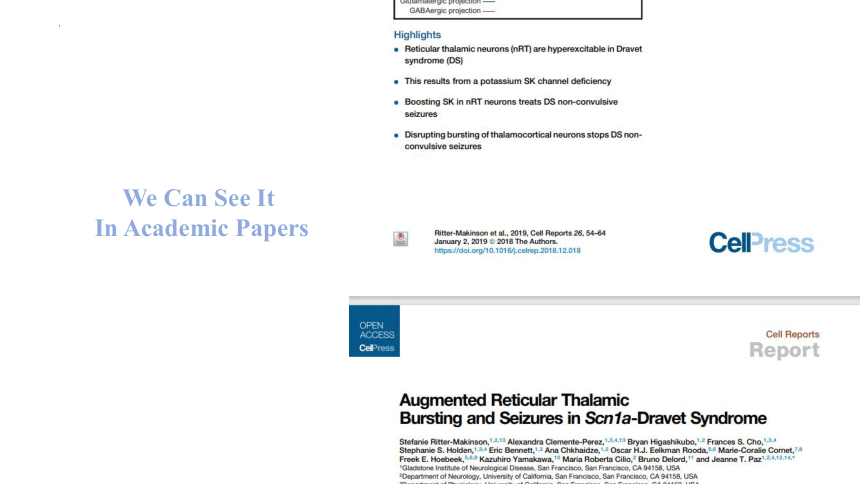
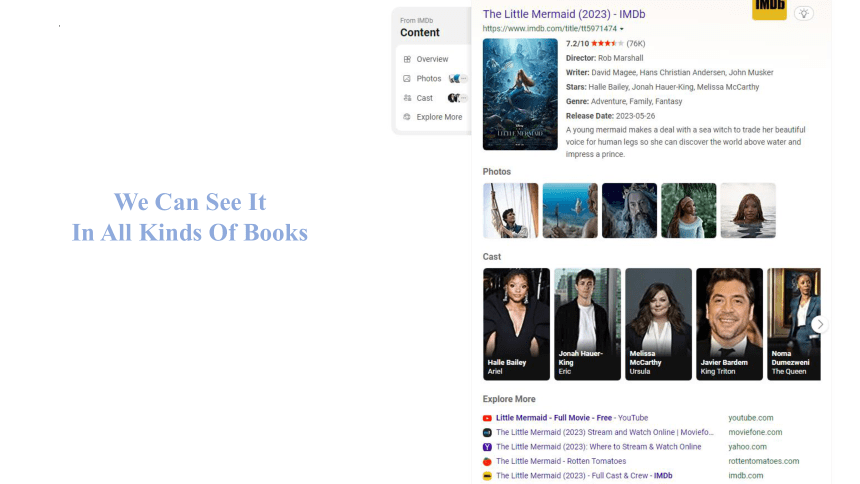


文档简介
(共40张PPT)
The First Lesson Of
Senior High
NSE SUPPORTING ENGLISH TEACHING COURSEWARE
Introduction
An English teacher who will accompany you for a semester
Name:
Date of birth:
Tel:
Email:
QQ:
WeChat:
Native Place:
My SUMMARY:
Photo
Next, let me briefly introduce the subject of English
The English language is an Indo-European language in the West Germanic language group. Modern English is widely considered to be the lingua franca of the world and is the standard language in a wide variety of fields, including computer coding, international business, and higher education.
What is the English language
As of 2020 there are 1.27 billion English speakers around the world. This makes it the most spoken language, ahead of Mandarin Chinese (1.12 billion speakers) and Hindi (637 million speakers). More than 50 countries officially list English as an official language.
How many people speak English
Having emerged from the dialects and vocabulary of Germanic peoples—Angles, Saxons, and Jutes—who settled in Britain in the 5th century CE, English today is a constantly changing language that has been influenced by a plethora of different cultures and languages, such as Latin, French, Dutch, and Afrikaans.
Where did English come from
English is the first choice of foreign language in most other countries of the world, and it is that status that has given it the position of a global lingua franca. It is estimated that about a third of the world’s population, some two billion persons, now use English.
We Can See It
In Academic Papers
We Can See It
In All Kinds Of Books
We Can See
It In The Movie
We Can See
It In The Movie
…….
…….
To put it bluntly, our college entrance examination is worth 150 points in the foreign language (English) test, so it is important to learn English well.
Then let's learn how memorize vocabulary or words a few ways to learn English
Method 1 Using Word Association and Mnemonic Devices
1 Have the words you need to memorize printed out in front of you. It doesn't matter what the source of the words is — a textbook, a vocabulary list your teacher gave you, a list of words from the internet — as long as you have them in front of you so you can work on memorizing them. You may even want to write down the words yourself to help even more with your memorization.
For example, if you're trying to memorize a list of vocabulary words in a textbook, you could write out the words by hand on a sheet of paper.
2
Break the words up into smaller groups. Divide the words into smaller, more manageable groups. Breaking your words up will make it so you can more easily create word association and mnemonic devices to memorize your words. If you want to memorize them in order, that’s okay — you don't need to break the words up into smaller groups.[1]
Use your best judgement when and if you'll be breaking your list up and moving words around.
3
Underline the first letter of every word in the groups. You’re going to use the first letter of every word to create memory devices that will make it easier to memorize the words. You’ll do this two ways: either creating a sentence or an acronym.
The first letter of every word will create an acronym.
For the order of operations in math (Parentheses, Exponents, Multiplication, Division, Addition, Subtraction), you’ll have p, e, m, d, a, and s. This will spell P.E.M.D.A.S.
This works best with word lists of 10 or less.
4
Memorize the acronym. Now spend a little time memorizing your acronym (P.E.M.D.A.S.) This shouldn’t take too long, and before long you’ll have it memorized. This might be as far as you need to go with this approach
5
Create a sentence to remember based on the first letter of every word. If you want to take an extra step to memorize your word groups, take the first letter of every word (your acronym), and create a sentence based on those letters. You’ll do this by using any word that begins with the first letter of the words in your word groups. For instance:
You won’t be using the original word, simply another word that begins with the same first letter.
To remember the order of operations in math (Parentheses, Exponents, Multiplication, Division, Addition, Subtraction), take P.E.M.D.A.S. and assign words to it.
P.E.M.D.A.S. can be transformed into “Please excuse my dear aunt Sally” or any other number of short sentences.
6
Review your word groups, acronyms and mnemonic devices. After you’ve memorized a few of your word groups, stop and review them. Don’t spend hours doing this, as your brain will probably be overloading. This method works best when you provide enough time in between memorization.
1
Have the list of words you need to memorize printed out in front of you. These words can come from a textbook, the internet, or a handout you got from a teacher. Either way, it's best to have the words right in front of you so you can memorize them more easily.
You can also write the words out by hand on a piece of paper, which will help you memorize them even more.
Method 2 Visualizing Words
2
Draw a picture for each word. Drawing a picture that describes each word will help you remember it better. Make sure to maintain the original meaning of each word as best as you can.[6]
Nouns might be easiest, as you’ll just have to draw the person, place, or thing.
Adjectives will be somewhat easy. Words like “big” and “beautiful” will be relatively easy to draw.
Verbs might be more difficult. For a word like “associate” try to draw its meaning (the connection between things).
3
Create a word association web. Word association webs will help you remember words by associating them with other words. This is a great visual way of memorizing words quickly and will complement other visual approaches to memorization.
Write the word you want to remember on the center of a sheet of paper.
Draw lines outward from the center connecting the center word to other words that you associate with it. For example, if the word is “winter” draw a line outward connecting it to “snow” and another line on the other side connecting it to “freezing” and another line on the side connecting it to “ice.” Repeat this process outward until you’re confident you will remember it.
This should not take more than 3-5 minutes per word.
4
Create a picture story. Creating a picture story is similar to creating a word or sentence story, but instead of writing it out, you’ll be drawing your story. This method works great for very visual and artistic learners who might be overwhelmed with writing out vocabulary words.
Take your list of words and quickly draw a picture for each word.
Try to maintain the original meaning of the word, if you can.
Organize the pictures so they make a story you can remember.
This will work great when paired with word association and mnemonic devices.
5
Spend time reviewing your picture, your web, and your story. The more time you spend looking at and thinking about your visual aids, the better prepared you’ll be and the better you’ll remember your word list. Spread this out over a couple days if possible. Review your visual aids when you have time. Consider:
Reviewing them while eating.
Looking at them when you have downtime in between other tasks and projects.
Spending a couple minutes looking at them and thinking about them when you wake up and before you go to sleep.
Finally, let's look at the Hermann Ebbinghaus memory curve
So, we want to make it clear that review is a very important thing, referring to the memory curve, you can arrange your review plan like this.
Finally*2, Fonts are also very important
At present, the most suitable font for the high school section is “HengshuiTi”
It feels beautiful, so this font gets a high score
Another example is the Italian italics that everyone is required to master from elementary school
There are also artistic fonts such as flower body circles(It is prohibited during the exam)
There are also artistic fonts such as flower body circles(It is prohibited during the exam)
So as the saying goes, a good font is a human face
Practice a good hand and benefit for life
Finally*3, I would like to elaborate on what my class requires
1.
2.
3.
4.
5.
6.
7.
8.
9.
10.
I hope we can improve each other and make progress together this year
Class Over bye!
The First Lesson Of
Senior High
NSE SUPPORTING ENGLISH TEACHING COURSEWARE
Introduction
An English teacher who will accompany you for a semester
Name:
Date of birth:
Tel:
Email:
QQ:
WeChat:
Native Place:
My SUMMARY:
Photo
Next, let me briefly introduce the subject of English
The English language is an Indo-European language in the West Germanic language group. Modern English is widely considered to be the lingua franca of the world and is the standard language in a wide variety of fields, including computer coding, international business, and higher education.
What is the English language
As of 2020 there are 1.27 billion English speakers around the world. This makes it the most spoken language, ahead of Mandarin Chinese (1.12 billion speakers) and Hindi (637 million speakers). More than 50 countries officially list English as an official language.
How many people speak English
Having emerged from the dialects and vocabulary of Germanic peoples—Angles, Saxons, and Jutes—who settled in Britain in the 5th century CE, English today is a constantly changing language that has been influenced by a plethora of different cultures and languages, such as Latin, French, Dutch, and Afrikaans.
Where did English come from
English is the first choice of foreign language in most other countries of the world, and it is that status that has given it the position of a global lingua franca. It is estimated that about a third of the world’s population, some two billion persons, now use English.
We Can See It
In Academic Papers
We Can See It
In All Kinds Of Books
We Can See
It In The Movie
We Can See
It In The Movie
…….
…….
To put it bluntly, our college entrance examination is worth 150 points in the foreign language (English) test, so it is important to learn English well.
Then let's learn how memorize vocabulary or words a few ways to learn English
Method 1 Using Word Association and Mnemonic Devices
1 Have the words you need to memorize printed out in front of you. It doesn't matter what the source of the words is — a textbook, a vocabulary list your teacher gave you, a list of words from the internet — as long as you have them in front of you so you can work on memorizing them. You may even want to write down the words yourself to help even more with your memorization.
For example, if you're trying to memorize a list of vocabulary words in a textbook, you could write out the words by hand on a sheet of paper.
2
Break the words up into smaller groups. Divide the words into smaller, more manageable groups. Breaking your words up will make it so you can more easily create word association and mnemonic devices to memorize your words. If you want to memorize them in order, that’s okay — you don't need to break the words up into smaller groups.[1]
Use your best judgement when and if you'll be breaking your list up and moving words around.
3
Underline the first letter of every word in the groups. You’re going to use the first letter of every word to create memory devices that will make it easier to memorize the words. You’ll do this two ways: either creating a sentence or an acronym.
The first letter of every word will create an acronym.
For the order of operations in math (Parentheses, Exponents, Multiplication, Division, Addition, Subtraction), you’ll have p, e, m, d, a, and s. This will spell P.E.M.D.A.S.
This works best with word lists of 10 or less.
4
Memorize the acronym. Now spend a little time memorizing your acronym (P.E.M.D.A.S.) This shouldn’t take too long, and before long you’ll have it memorized. This might be as far as you need to go with this approach
5
Create a sentence to remember based on the first letter of every word. If you want to take an extra step to memorize your word groups, take the first letter of every word (your acronym), and create a sentence based on those letters. You’ll do this by using any word that begins with the first letter of the words in your word groups. For instance:
You won’t be using the original word, simply another word that begins with the same first letter.
To remember the order of operations in math (Parentheses, Exponents, Multiplication, Division, Addition, Subtraction), take P.E.M.D.A.S. and assign words to it.
P.E.M.D.A.S. can be transformed into “Please excuse my dear aunt Sally” or any other number of short sentences.
6
Review your word groups, acronyms and mnemonic devices. After you’ve memorized a few of your word groups, stop and review them. Don’t spend hours doing this, as your brain will probably be overloading. This method works best when you provide enough time in between memorization.
1
Have the list of words you need to memorize printed out in front of you. These words can come from a textbook, the internet, or a handout you got from a teacher. Either way, it's best to have the words right in front of you so you can memorize them more easily.
You can also write the words out by hand on a piece of paper, which will help you memorize them even more.
Method 2 Visualizing Words
2
Draw a picture for each word. Drawing a picture that describes each word will help you remember it better. Make sure to maintain the original meaning of each word as best as you can.[6]
Nouns might be easiest, as you’ll just have to draw the person, place, or thing.
Adjectives will be somewhat easy. Words like “big” and “beautiful” will be relatively easy to draw.
Verbs might be more difficult. For a word like “associate” try to draw its meaning (the connection between things).
3
Create a word association web. Word association webs will help you remember words by associating them with other words. This is a great visual way of memorizing words quickly and will complement other visual approaches to memorization.
Write the word you want to remember on the center of a sheet of paper.
Draw lines outward from the center connecting the center word to other words that you associate with it. For example, if the word is “winter” draw a line outward connecting it to “snow” and another line on the other side connecting it to “freezing” and another line on the side connecting it to “ice.” Repeat this process outward until you’re confident you will remember it.
This should not take more than 3-5 minutes per word.
4
Create a picture story. Creating a picture story is similar to creating a word or sentence story, but instead of writing it out, you’ll be drawing your story. This method works great for very visual and artistic learners who might be overwhelmed with writing out vocabulary words.
Take your list of words and quickly draw a picture for each word.
Try to maintain the original meaning of the word, if you can.
Organize the pictures so they make a story you can remember.
This will work great when paired with word association and mnemonic devices.
5
Spend time reviewing your picture, your web, and your story. The more time you spend looking at and thinking about your visual aids, the better prepared you’ll be and the better you’ll remember your word list. Spread this out over a couple days if possible. Review your visual aids when you have time. Consider:
Reviewing them while eating.
Looking at them when you have downtime in between other tasks and projects.
Spending a couple minutes looking at them and thinking about them when you wake up and before you go to sleep.
Finally, let's look at the Hermann Ebbinghaus memory curve
So, we want to make it clear that review is a very important thing, referring to the memory curve, you can arrange your review plan like this.
Finally*2, Fonts are also very important
At present, the most suitable font for the high school section is “HengshuiTi”
It feels beautiful, so this font gets a high score
Another example is the Italian italics that everyone is required to master from elementary school
There are also artistic fonts such as flower body circles(It is prohibited during the exam)
There are also artistic fonts such as flower body circles(It is prohibited during the exam)
So as the saying goes, a good font is a human face
Practice a good hand and benefit for life
Finally*3, I would like to elaborate on what my class requires
1.
2.
3.
4.
5.
6.
7.
8.
9.
10.
I hope we can improve each other and make progress together this year
Class Over bye!
同课章节目录
